This is the 24th in a series of posts on the Hasselblad X2D 100C camera and the XCD lenses. You will be able to find all the posts in this series by looking at the righthand column on this page and finding the Category “X2D”.
There have been people posting comparisons of the shadow noise of the Hasselblad X2D and the Fuji GFX 100S using DPR’s studio scene. I think that when the cameras are as close together as those two, the DPR studio scene is not sufficiently well enough controlled. In images of that scene I have observed:
- Lighting variation over time
- Fading of some of the objects in the scene
- And, of course, different lenses being used
So I decided to shoot my own comparison. I enlisted the help of my faithful bookcase, and made three shots all at the same exposure. The setup:
- RRS legs
- Arca Swiss C1 head
- X2D ISO set at 64 and 100
- GFX 100S ISO set at 100
- Coastal Optical 60mm f/4 lens adapted to each camera
- F/11
- Shutter speed 1/6 second, which is five stops lower than ETTR for the GFX, slightly clipped on the ‘blad at ISO 100
- For the ISO 64 shot with the X1D, I used 1/4 second, so it got more light than the other two, then I did a shot with the GFX at the same exposure, but ISO 100.
I brought the images into Lightroom and processed then as follows
- Adobe Standard Profile
- White balanced to second gray chip from the right on the Macbeth CC card
- Sharpening set to zero
- Noise reduction set to zero
- Five stop push using the Exposure slider
Here they are:
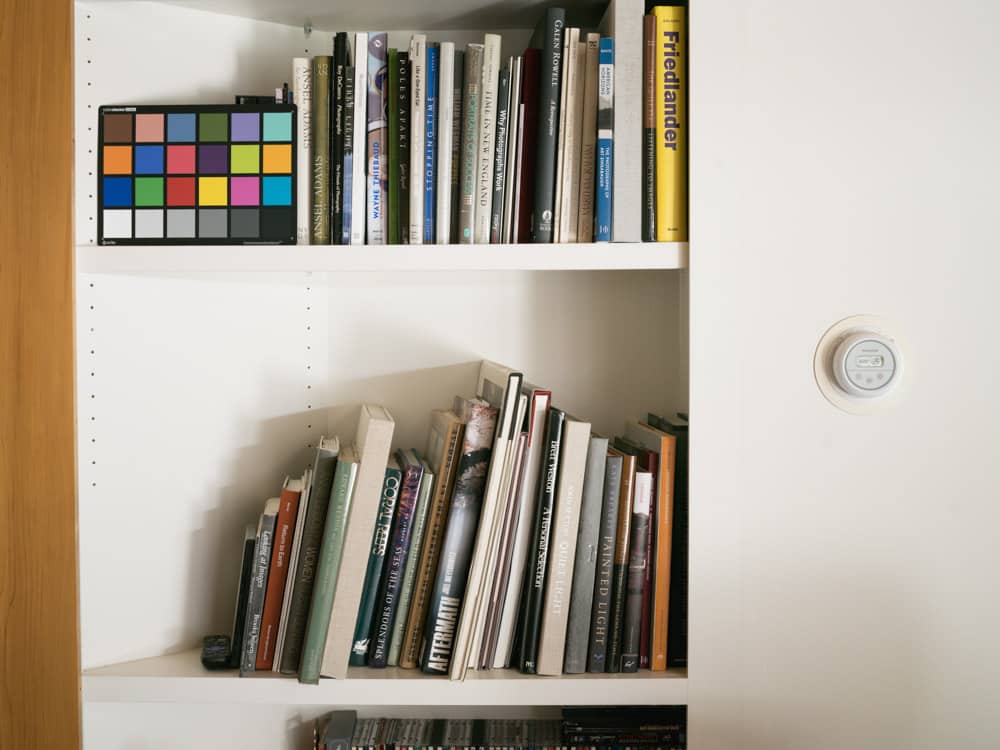
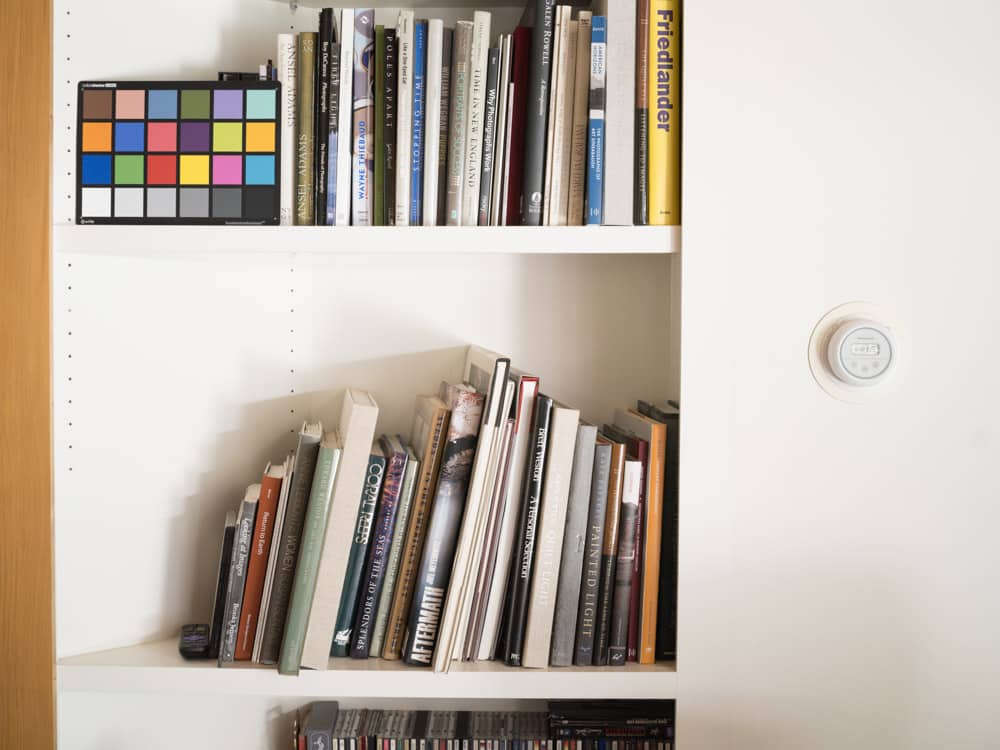
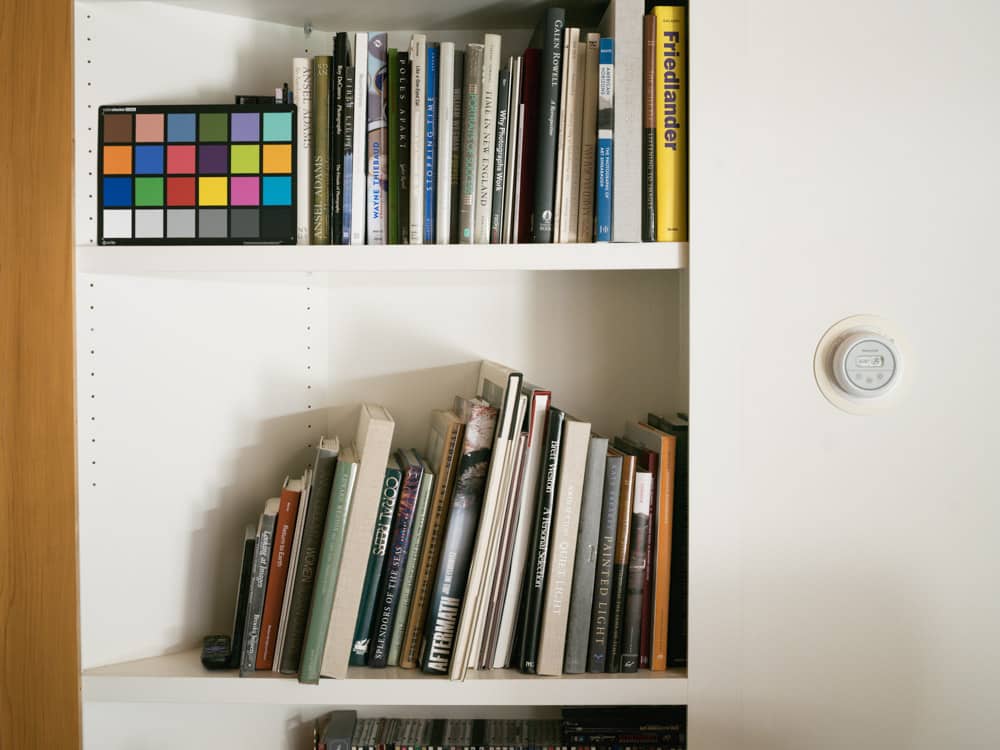
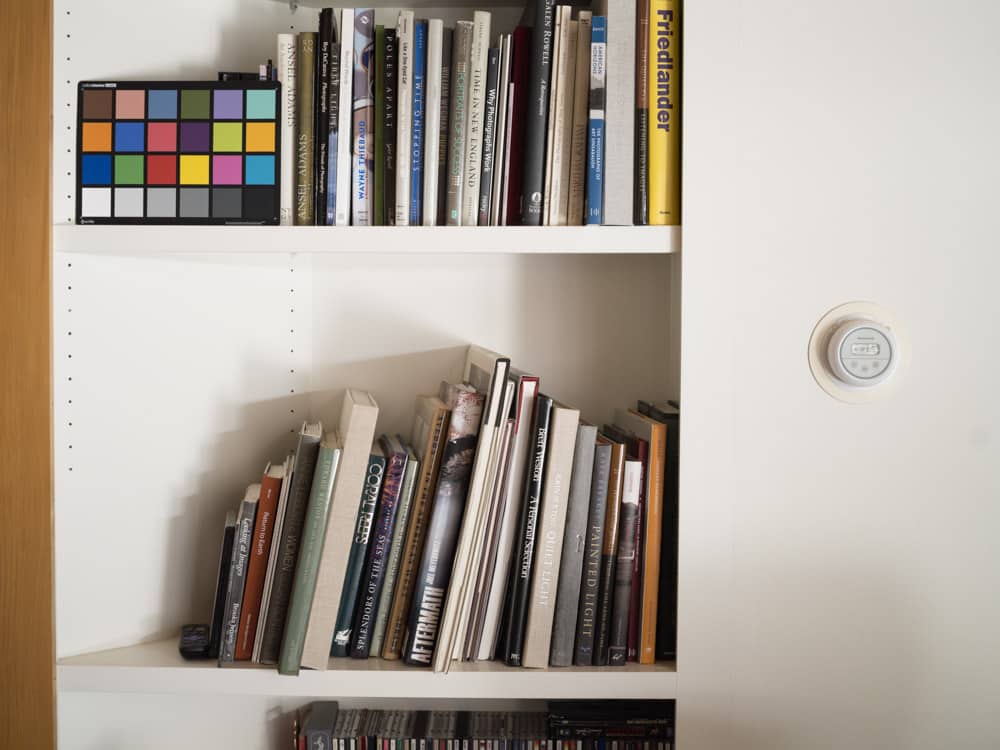
You can judge the color differences for yourself.
Now, some crops presented at about 150%:
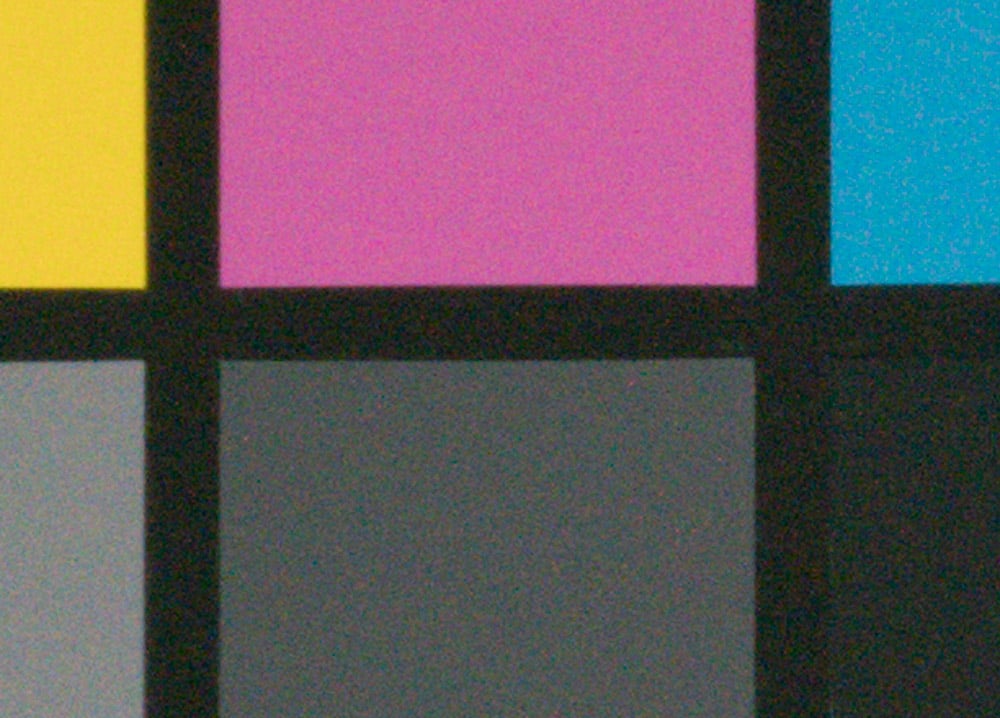
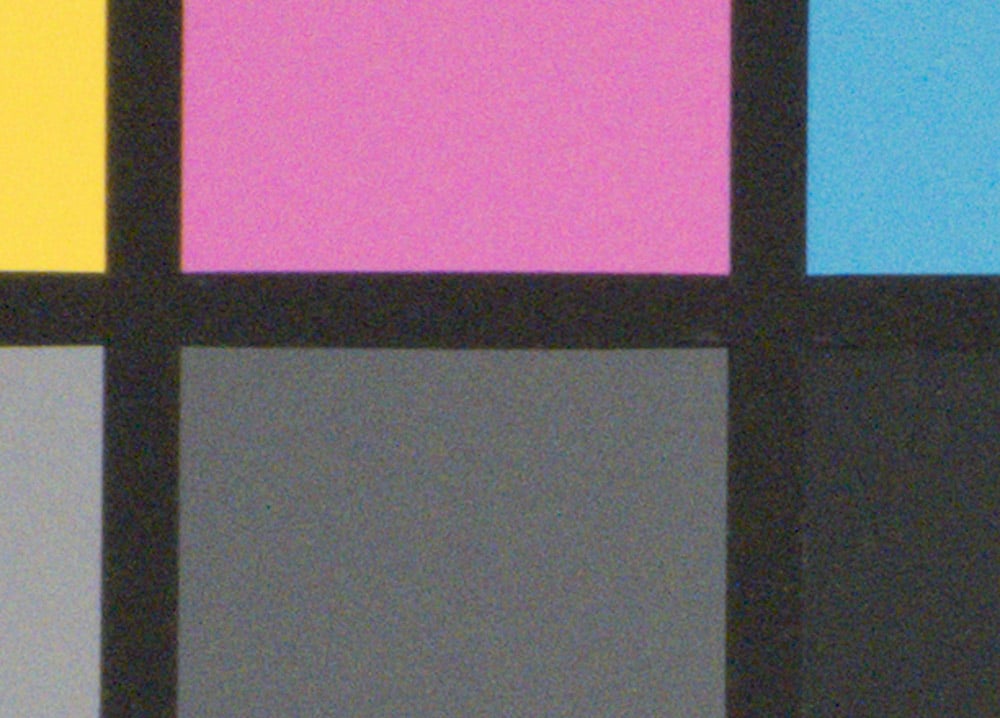
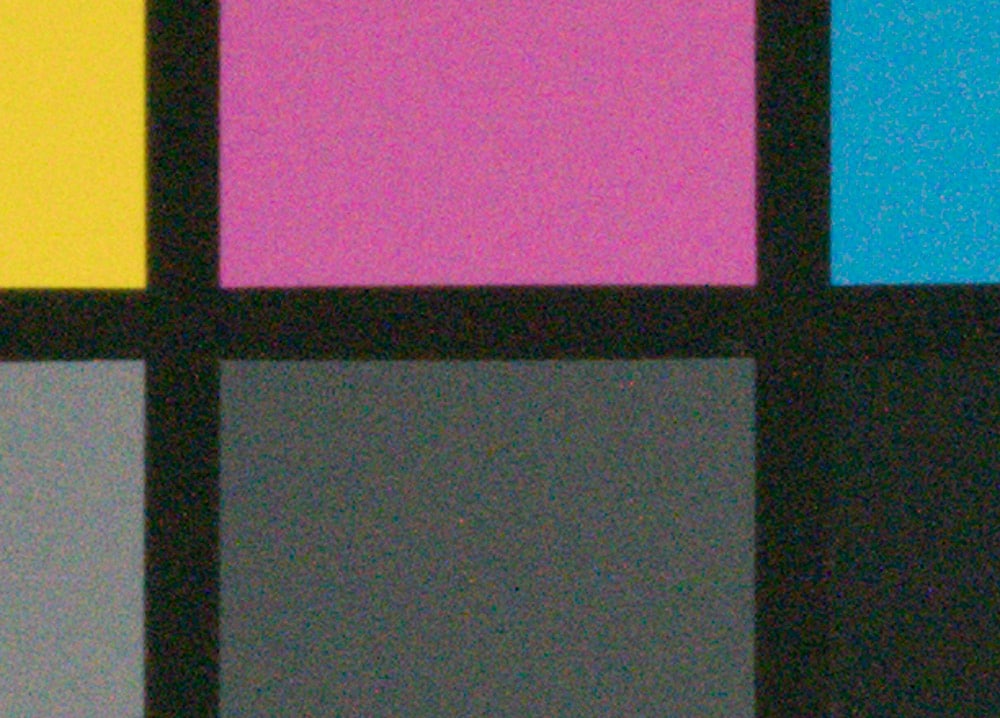
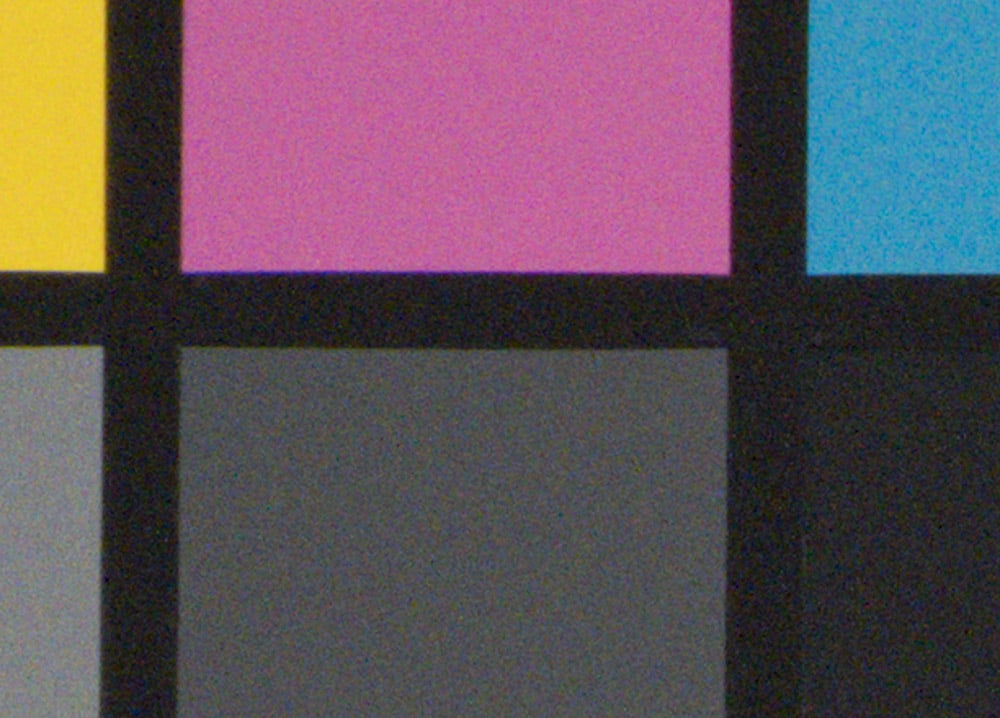
There are some noise difference, but they are small.
Three more crops at the same enlargement
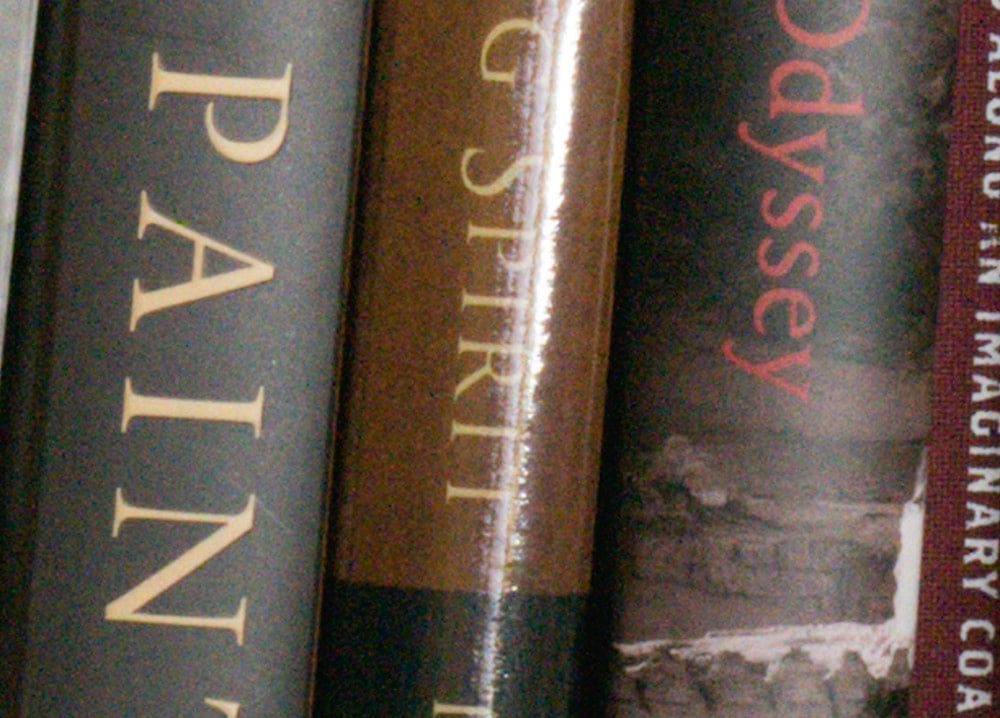
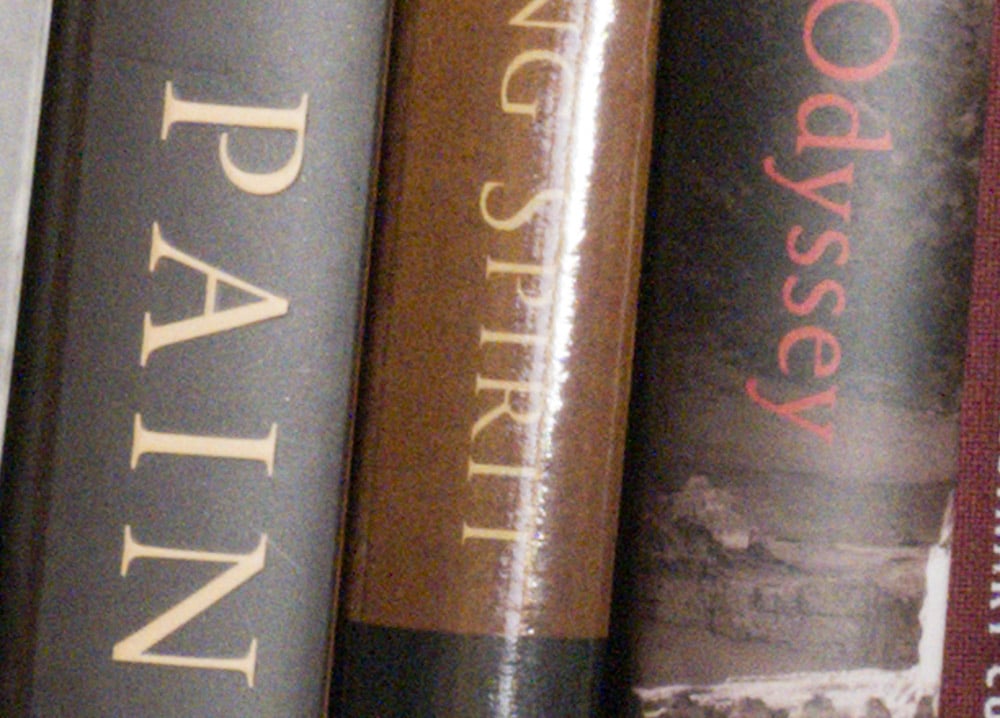
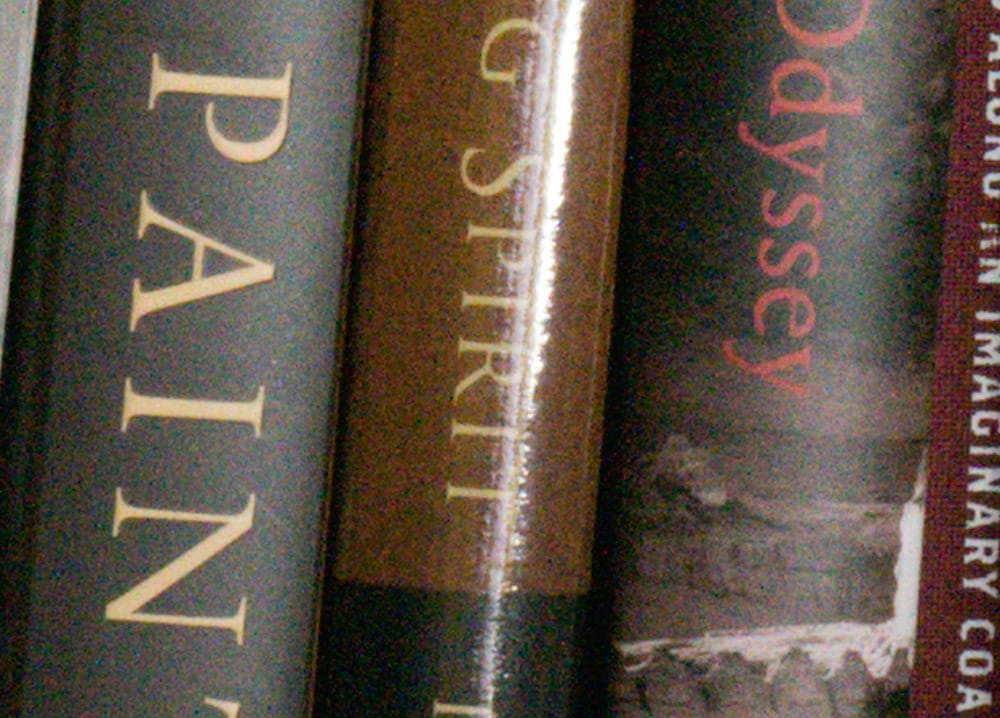
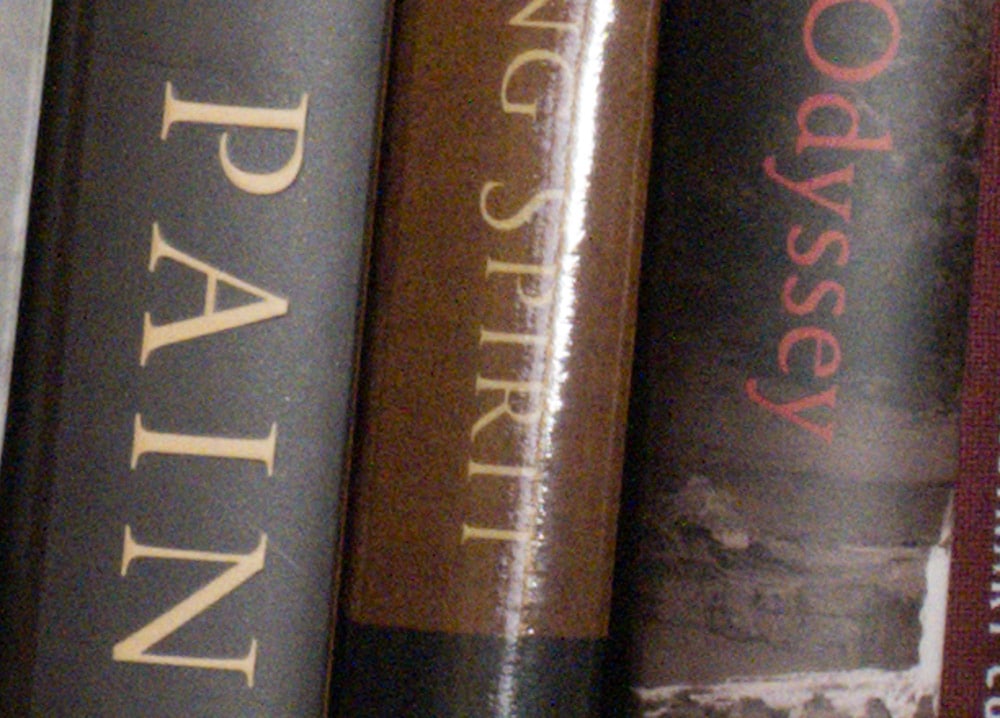
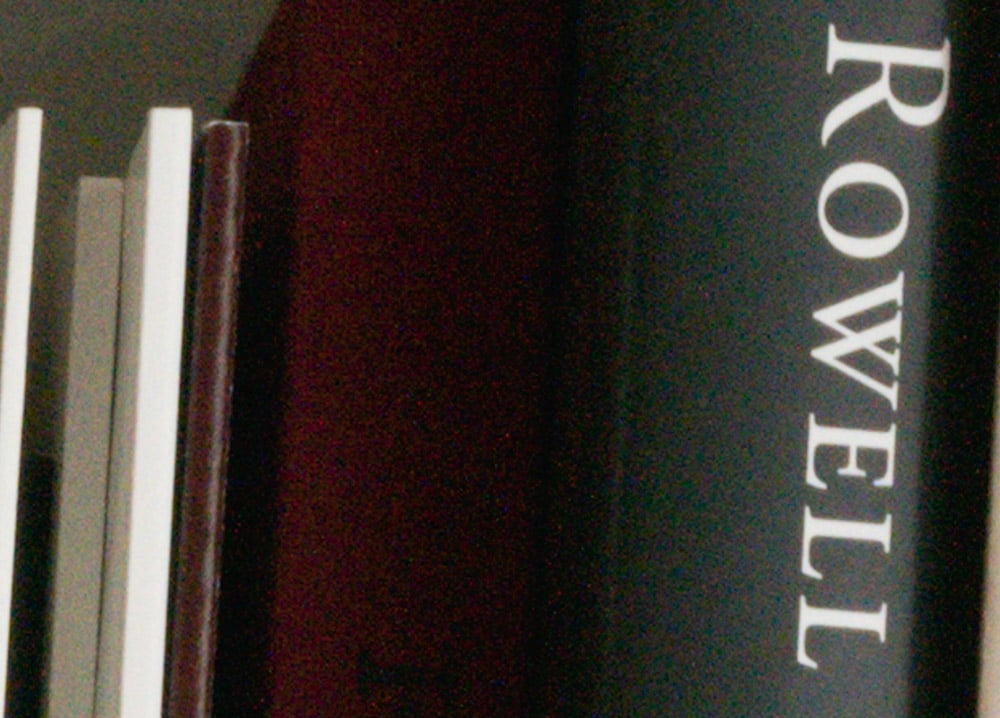
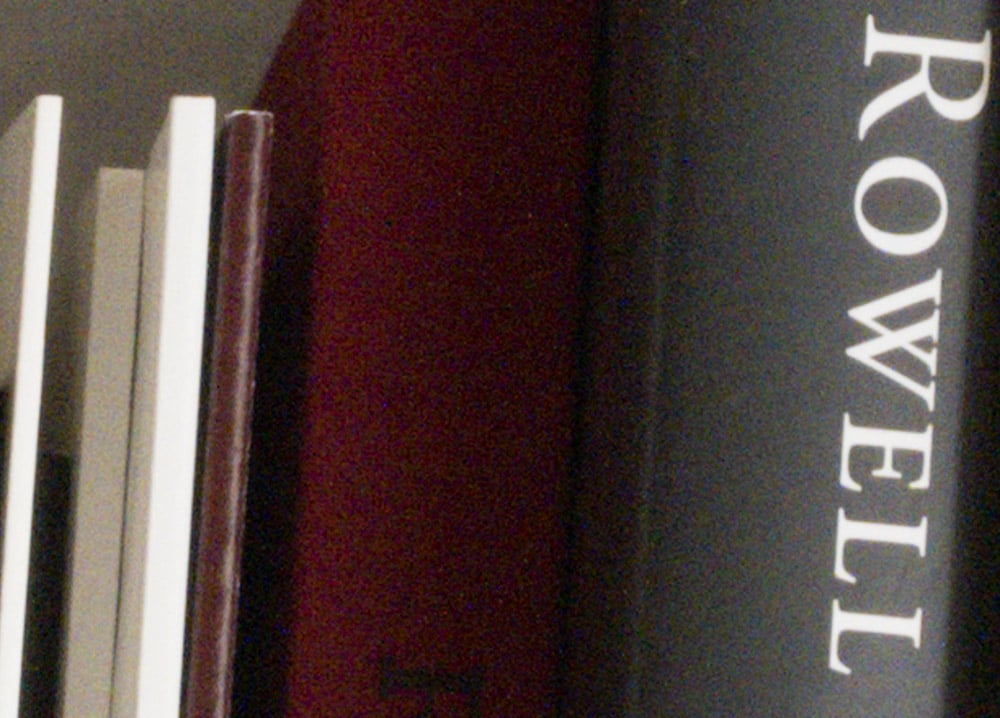
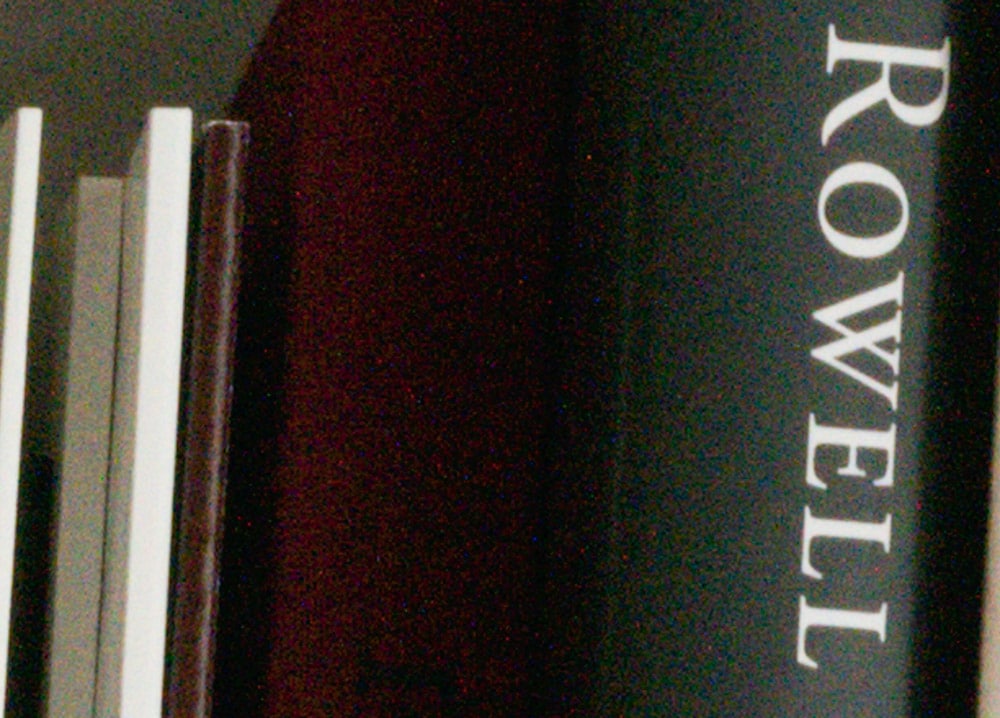
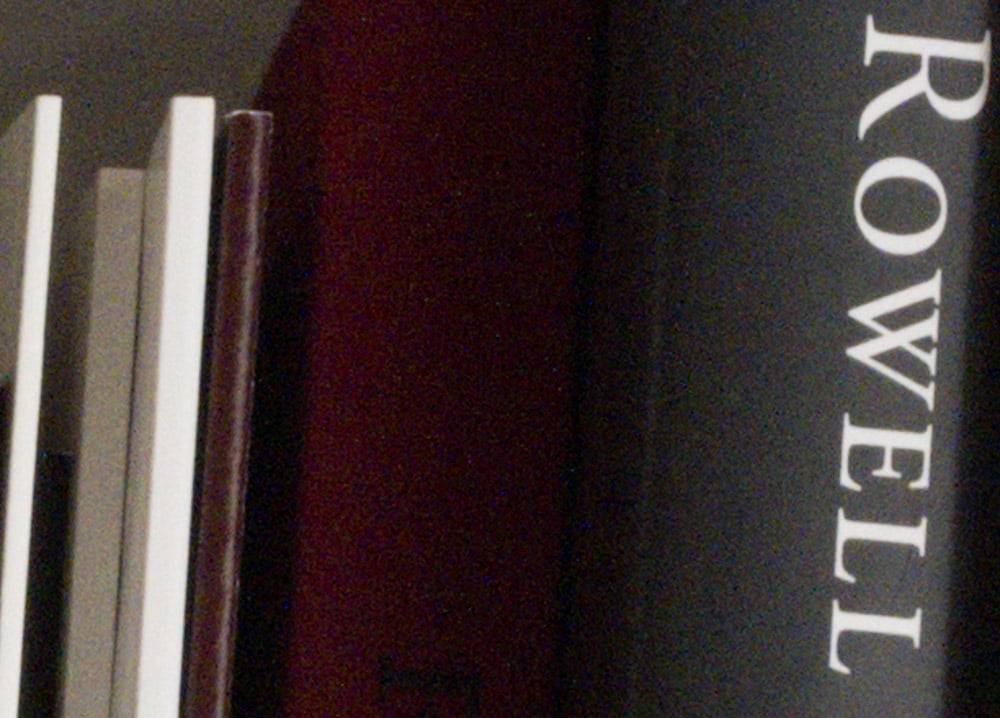
The X2D at ISO 100 looks the worst here, but that’s a bit misleading since it’s more sensitive than the GFX 100S at that ISO. The X2D at ISO 64 looks better, but it got more exposure. When you give the GFX that much exposure, it looks about the same.
I feel like the GFX 100s at 1/6th and the X2D at 1/4 with ISO 64 makes the most sense to compare. The GFX at 1/4’s exposure is a bit to bright for me to judge it against the hassy. But in real world, that extra exposure sensitivity seems like it would be a win. Honestly, quite surprised by this test. At least up close it appears the GFX is winning. The hassy seems to have a lot of green noise and a bit of a green tint overall. Still, I find the full size image of the X2D to be just a bit more life-like and pleasing.
Hola Colega:
Sí la vista no me engaña me parece que la Gfx tiene mejor desempeño.
Por supuesto me gusta más los colores de FUJI. No obstante ambas cámaras son geniales.
Un abrazo desde Cuba.
Lic. Kustó.
Google translate says:
Hello Colleague:
If the view does not deceive me, it seems to me that the Gfx has a better performance.
Of course I like the FUJI colors better. However both cameras are great.
A hug from Cuba.
Mr. Kustó
You all might enjoy this post from Steve Hendrix at Medium Format.
https://mediumformat.com/upgrading-to-hasselblad-x2d-what-you-need-to-know/
About 1/2 way through he does comparisons of color outcome based on the processing software.- when Phocus is compared to Lightroom. Lr consistently processes more green.
I would be interested in seeing the noise from this post w the X2D files processed in Phocus.
I would add that I only process my Canon files in Capture one- every couple years I check back w ACR/Lr to see if I like the processing results because it would be a much better work flow but I still think Adobe raw processing makes the pixels look crunchy. And green. Maybe it’s just a matter of preference.
Hi Jim,
I notice green/magenta grain (blotches) in the dark shadows of the Hasselblad X2D files at both ISO. The GFX doesn’t have this blotchiness. Why is that?
Seems like the GFX is performing better in the deep shadows.
Regards,
Yogesh.